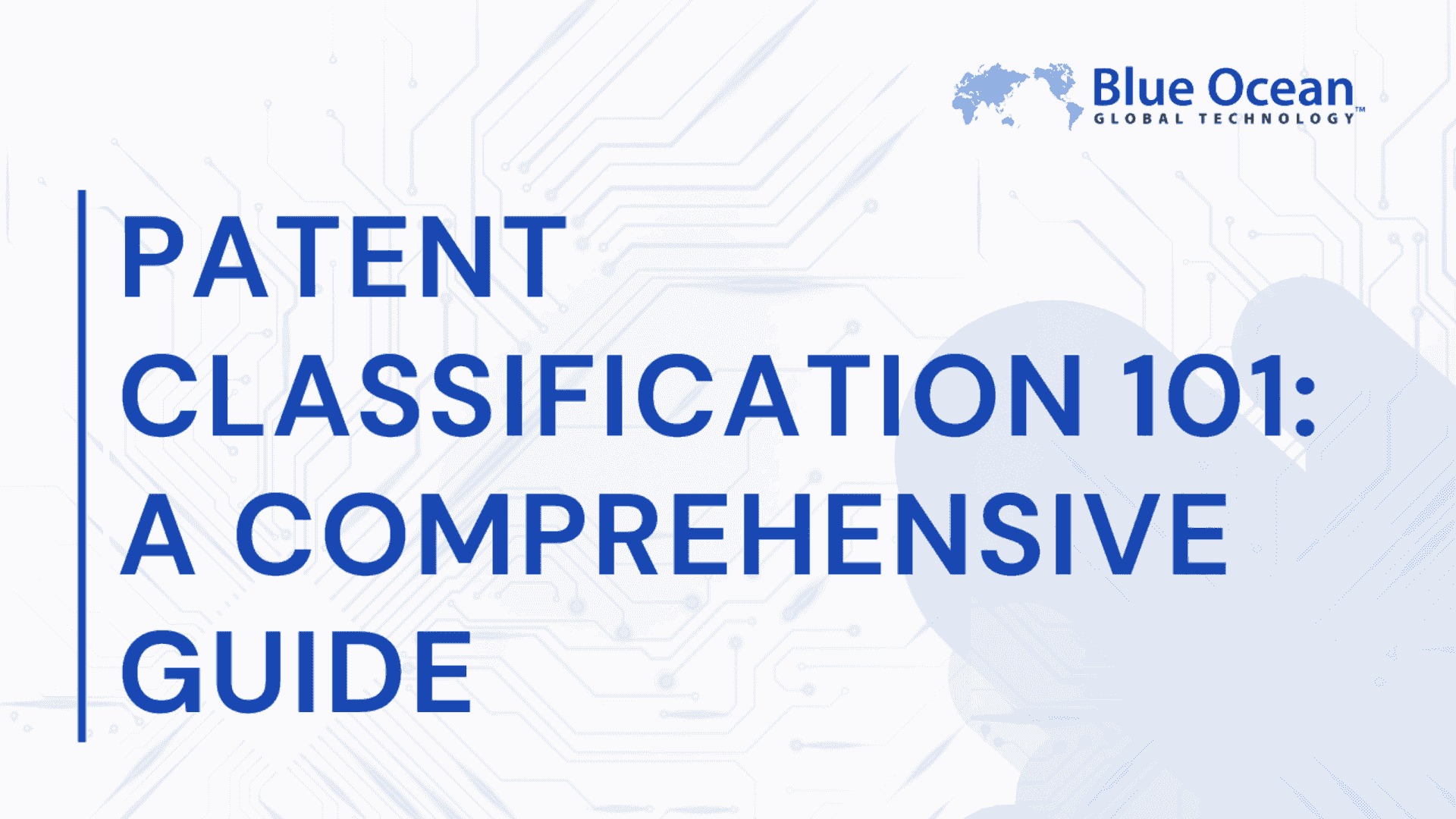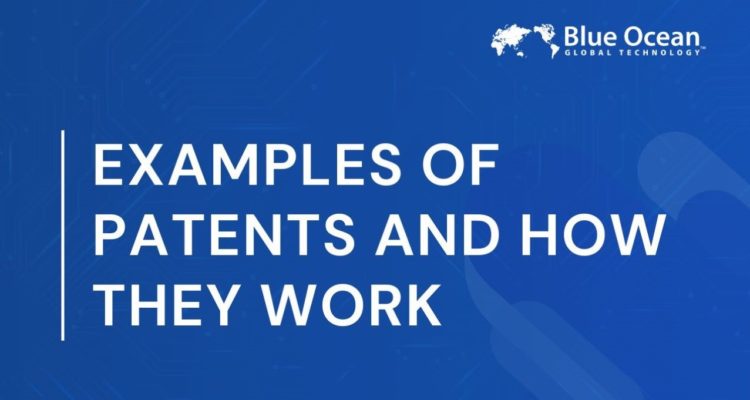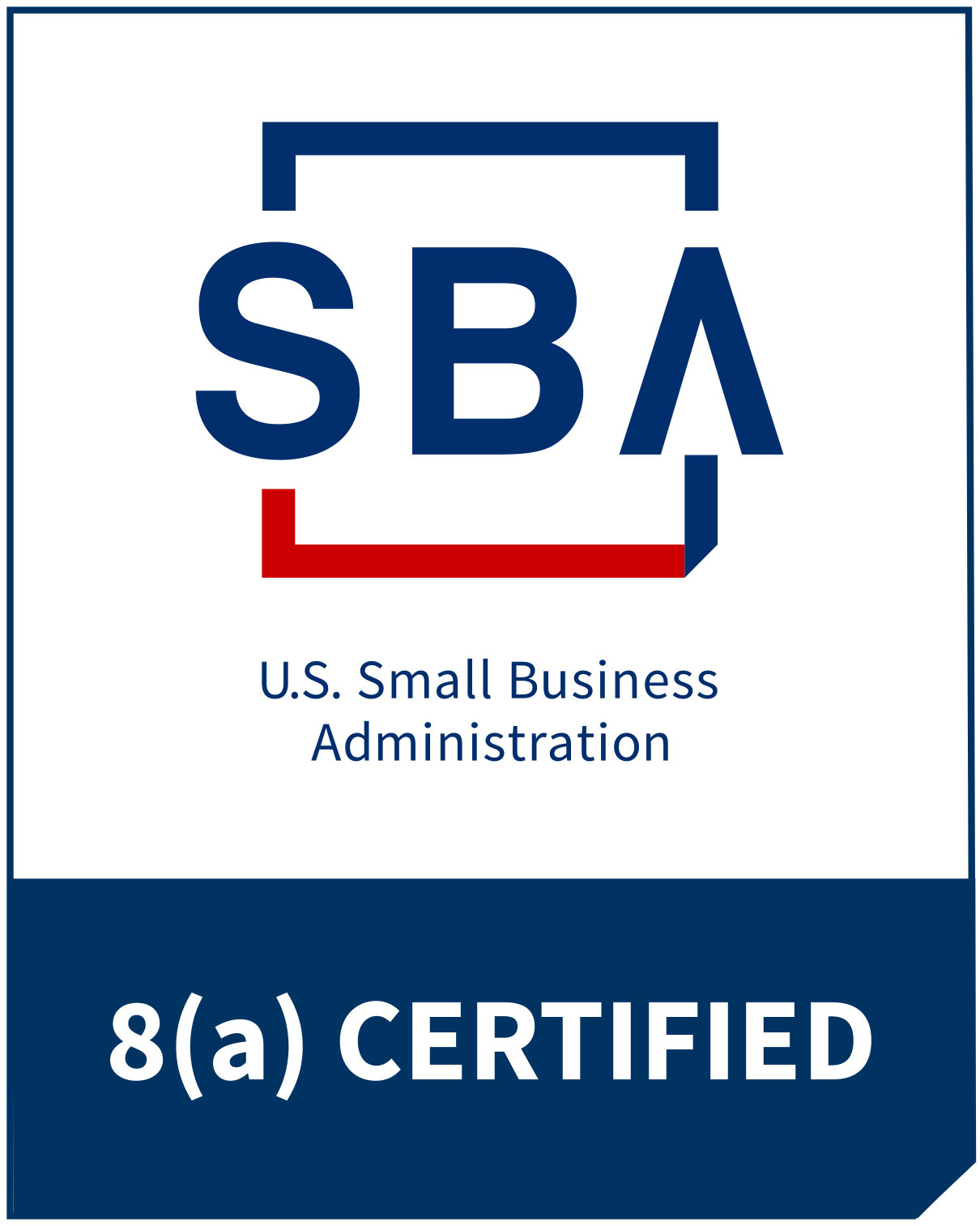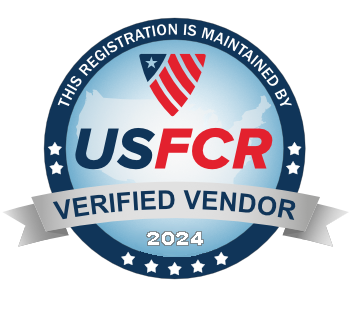When filing for a patent, you must choose a class for your invention. Familiarizing yourself with the various types of patents will help you streamline the application process and increase the odds of approval. Examiners use a classification system to assess the patentability of your design and ensure it is novel. They compare it to existing patents in the same category to expedite the evaluation process.
Below, you’ll learn more about the history of patents and the classification system. The guide also includes examples of patents to help you identify how your design may be categorized.
A History of Patent Classification
The history of patents dates back to the Venetian Patent Statute of 1474. Under this, any individuals who built “any new and ingenious device” in the city could notify the General Welfare Board. This was to protect their intellectual property and promote its widespread adoption. Despite their long-running presence, however, it would take more than 350 years before lawmakers distinguished between the different types of patents.

Image Source: Unsplash
In 1830, the United States Patent and Trademark Office (USPTO) introduced patent 16 classification categories. The New Patent Act of 1836 would integrate into federal law later. The USPTO continued to add categories to its classification system, reaching a total of 158 by 1878. Several European nations, including Germany and the United Kingdom, also established their classification systems in the 1800s.
The Different Types of Patents
There are three types of patents available:
- Utility Patent: Protects new inventions or processes that have a useful function
- Design Patent: Protects the appearance of a product, not how it works
- Plant Patent: Given for new or modified plants that can reproduce asexually
Identifying which category your creation falls under will help you determine which section and subclass is most appropriate for your patent filing request.
How Patent Classification Works
The process involves organizing patent filings into categories based on the subject matter of the invention. The system allows examiners and attorneys to search for relevant prior creations more efficiently by organizing patents into distinct classes and subclasses.
Every patent is assigned a classification code, a series of letters and numbers that represents the field and category under which the invention falls. Under the US Patent Classification, a mechanical device may fall under Class 74 and further into a specific subclass.
The key steps in the classification process are as follows:
- Submit your application alongside a detailed explanation of your invention
- The patent office will assign classification codes to your application based on your creation
- Examiners will look at patents in the same category to determine eligibility
Make sure you provide an accurate explanation of your creation and what it does to ensure that the patent office can properly categorize it.
Patent Classification Systems Around the World
The World Intellectual Property Organization (WIPO) has played a critical role in eliminating the disparity between global systems. While it does not grant patents, it helps protect intellectual property via various enforcement activities. Additionally, it assists with patent classification standardization and enforcement of the International Patent Classification (IPC), which was established via the 1971 Strasbourg Agreement.
Cooperative Patent Classification (CPC) features nine sections, “A” through “H” and “Y,” each of which has subclasses, groups, and sub-groups. In total, there are roughly 250,000 classification codes.
The Role of Classification in Patentability
As there are millions of patents, the classification system helps examiners focus their application review efforts. This is done by identifying the category and subcategory under which your creation falls. They can quickly compare the invention with existing patents in the same category to ensure your design meets the requirements of novelty and non-obviousness.

Image Source: Unsplash
You can use the classification system yourself to conduct a more thorough patent search before filing. By identifying similar patents within the same classification, you can determine whether your creation is truly unique. This helps improve your chances of a successful application.
Examples of Different Patent Classifications
Here are a few examples of patents and their potential categories under the IPC:
- Solar Panel Patents: Could fall under IPC Section H (Electricity) and subclass H01L, which relates to semiconductor devices
- Pharmaceutical Compound Patents: Likely to be classified under Section A (Human Necessities) and Class A61K, which covers medical preparations
- A Robotic Arm Patent May be categorized under IPC Section B (Performing Operations; Transporting) and Class B25J, which focuses on manipulators
The first letter in an IPC classification code identifies its section. The following numbers and letters identify classes, subclasses, and groups.
More examples can be found and discussed by contacting companies that provide the same services and help assist with patent classifications.
Unlock Your Invention’s Potential with Expert Patent Guidance!
Are you ready to take the next step with your invention? Blue Ocean Global Technology’s team of experts offers personalized support tailored to your unique needs, ensuring your innovation is protected and ready for the market.
Potential Challenges With Classification
The IPC and other classification systems are far from perfect. You may run into a few classification hurdles when filing for a patent, including the following:
- Complexity: You may find the system a bit overwhelming due to the thousands of different subcategories
- Overlapping Categories: Some inventions might fall into multiple categories or subgroups
- Updates and Changes: The classification systems must be updated to reflect new fields of innovation.
If you run into concerns involving category overlap or misclassification resulting in your filing request getting denied, you should consider enlisting the services of an engineering expert witness to provide supporting testimony on your behalf. They may be able to provide diagrams and other evidence that illustrates the uniqueness and novelty of your design.
The Future of Patent Classifications
Modern patent classification systems are highly refined and detailed, which promotes accurate classification and expedited filing processes. However, entities such as the USPTO, EPO, and WIPO must collaborate to adapt classification systems to accommodate innovations like artificial intelligence and biotechnology.

Image Source: Unsplash
As an inventor, you need to stay apprised of the latest classification codes and practices. If you are working in an emerging field, it may be more prone to misclassification. For questions on patent classification and its impact on patentability, consult an experienced firm specializing in international patent law. A knowledgeable partner can help you navigate the filing process and protect your intellectual property via the international classification system.
Blue Ocean Global Technology helps legal professionals and their clients navigate complex processes such as patent filing. For assistance in researching patent classifications to better understand the patentability of a concept or idea, contact our team today.
Frequently Asked Questions
1. What Is a Patent Classification Code?
A patent classification code is a series of letters and numbers assigned to a patent application to be categorized by technological field. These codes help examiners and inventors quickly locate relevant prior creations during the vetting process.
2. How Does Patent Classification Affect Patentability?
Patent classification helps examiners determine whether you’ve created a novel and non-obvious product or process. The examiners use the item’s classification code to speed up the evaluation process and compare your invention to similar items.
3. How Do I Determine the Correct Classification for My Invention?
Review the patent classification system relevant to your region, such as the IPC or CPC. Additionally, consider working with a consulting firm or patent attorney to ensure you properly classify your invention. An accurate classification will improve the chances of having your filing approved. Consulting firms such as Blue Ocean Global Technology help assist with such patents!
Make Your Innovation Shine with Expert Patent Support!
Don’t let your innovation get lost in the crowd! Partner with Blue Ocean Global Technology to expertly navigate patent classification and ensure your creation stands out.












